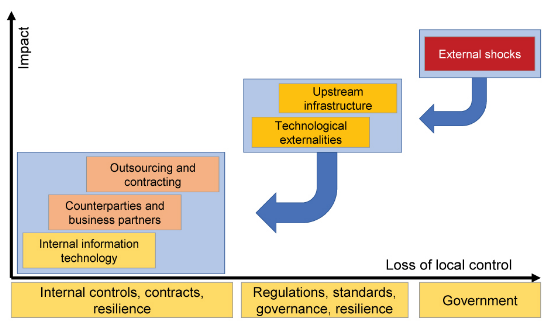Performance Analysis of Wireless Sensor Networks Under Adverse Scenario of Attack
Objective
The objective of this project is First Come First Serve technique is followed. Suppose two nodes X and Y both sends the connection request to node Z ,then node Z will establish the connection with the node whose message reaches first and request from the other node is rejected. In Rushing attack infested node aims at rejecting duplicate route discovery messages.
Abstract
In the performance analysis of wireless sensor networks project, Wireless Sensor Network (WSN) refers to a group of sensors used for monitoring and recording the physical conditions of the environment and organizing the collected data at a central location. WSN has no mechanism that can organize or check the broadcast of information through the nodes. Nodes themselves are able to transmit the sensed information towards the Base Station, causing greater vulnerability of data being gathered and fiddled with. Amongst many such attacks, Rushing Attack specially is a frequently adapted strategy in On-demand protocol.
The counter measure available for such kind of attack is not effective enough as most of the approaches have their own limitations. This work focuses on ill effects of Rushing Attack under different conditions with an intention to find out such limitations of each of the earlier adopted counter measures.
Keywords: Wireless Sensor Network, Rushing Attack, Transmission Delay, Packet Delivery Ratio, Infested Node.
NOTE: Without the concern of our team, please don't submit to the college. This Abstract varies based on student requirements.
Block Diagram

Specifications
HARDWARE SPECIFICATIONS:
System: Pentium IV 2.4 GHz.
Hard Disk: 40 GB.
Floppy Drive: 1.44 Mb.
Monitor: 15 VGA Colour.
Mouse : Logitech.
Ram: 512 Mb.
SOFTWARE SPECIFICATIONS:
Operating system: Windows XP/7/LINUX.
Implementation: NS2
NS2 Version: NS2.2.34
Front End: OTCL (Object Oriented Tool Command Language)
Tool: Fedora (To simulate in Linux OS)
Learning Outcomes
- What is Tomcat server and how they can work?
- What is Wireless Sensor Networks?
- What is Adverse Scenario of Attack?
- What is Rushing Attack?
- What is Packet Delivery Ration?
- What type of technology versions is used?
- Data Parsing Front-End to Back-End.
- Need of Eclipse-IDE to develop a web application.
- Working Procedure.
- Testing Techniques.
- Error Correction mechanisms.
- How to run and deploy the applications?
- Introduction to basic technologies used for.
- How project works?
- Input and Output modules.
- How to test the project based on user inputs and observe the output?
- Practical exposure to software tools and solution providing for real time problems working with team/ individual work on Creative ideas.
- Learn about types of algorithms and how to use?
- Project Development Skills:
- Problem analyzing skills.
- Problem solving skills.
- Creativity and imaginary skills.
- Programming skills.
- Deployment.
- Testing skills.
- Debugging skills.
- Project presentation skills.
- Thesis writing skills.





 Paper Publishing
Paper Publishing
